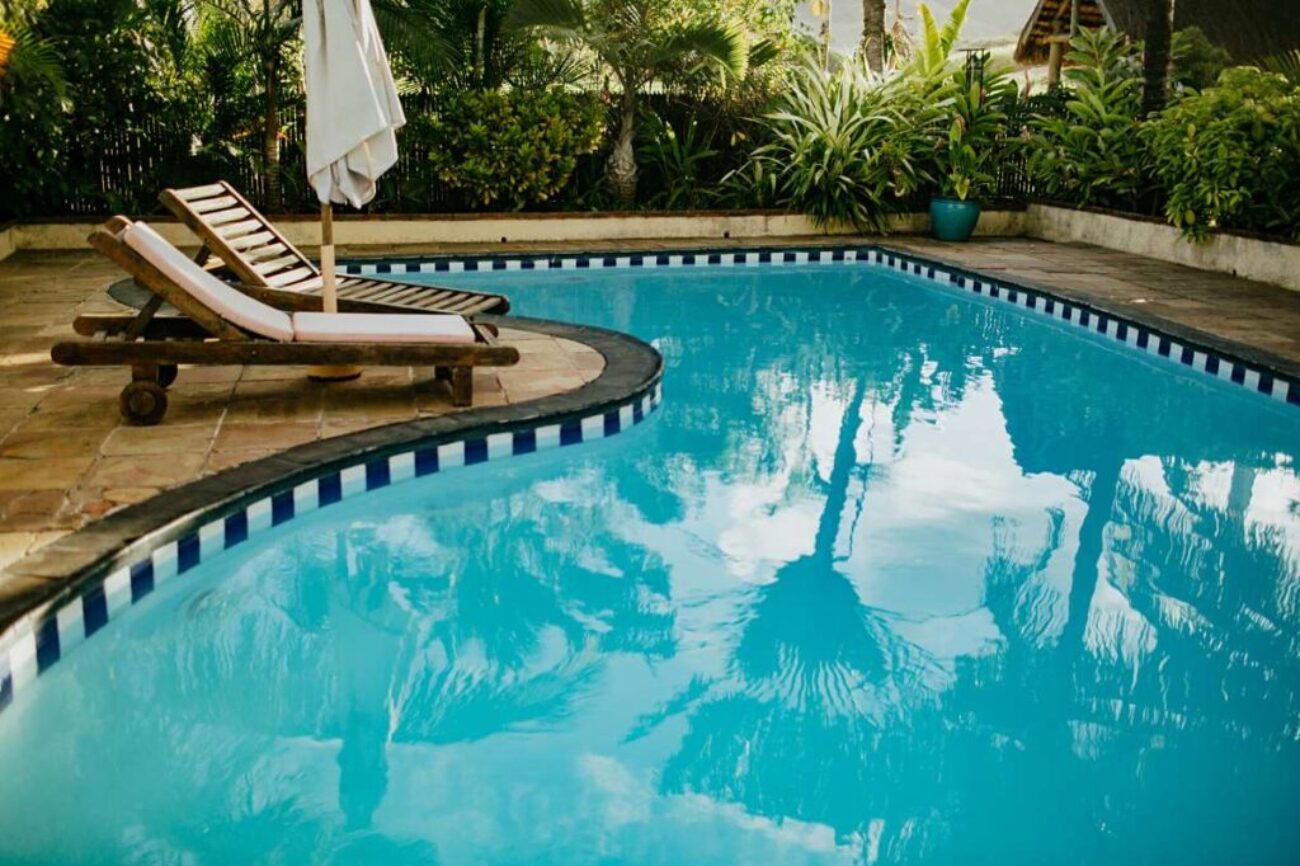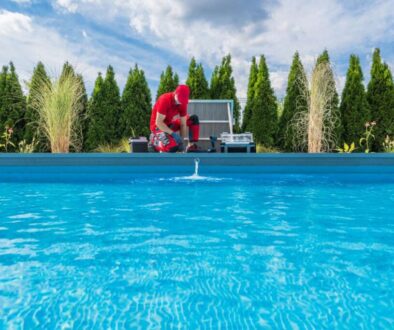Sharing Water Quality and Chemical Balancing Insights
Explore essential insights on water quality and chemical balancing to ensure your pool remains a safe haven. Learn best practices and expert tips!
This post delves into the critical aspects of water quality and chemical balancing in pools, emphasizing their significance for health, safety, and maintenance. We will explore essential tips for pool owners, discuss common challenges, and provide insights into best practices that ensure a pristine swimming environment. Whether you’re a seasoned pool service professional or a new owner, understanding these concepts will enhance your experience and ensure the longevity of your pool.
IntroductionWater quality and chemical balancing are paramount in maintaining a safe and enjoyable swimming environment. Poor water quality can lead to various health issues, including skin irritations and respiratory problems, while improper chemical balancing can damage the pool structure and equipment. This blog post will explore the significance of regular water testing, the role of key chemicals, and practical tips for maintaining ideal water conditions.The Importance of Regular Water Testing
Regular water testing is crucial for monitoring the chemical balance in your pool. It helps identify issues before they escalate, ensuring the safety and comfort of swimmers. By testing water at least once a week, you can check for pH levels, chlorine concentration, alkalinity, and calcium hardness. Have you ever noticed how crystal-clear water can quickly turn murky? This can happen if chemical levels fluctuate due to environmental factors such as rain, temperature changes, or the number of swimmers. For example, the ideal pH level should range between 7.2 and 7.8. If the pH level strays outside this range, it can lead to skin irritation or ineffective chlorine. Furthermore, using a reliable pool water testing kit can save time and money in the long run. If you need expert assistance in finding good pool routes for sale or establishing a pool service, consider exploring Pool Routes for Sale.
Understanding Key Pool Chemicals
There are several key chemicals involved in maintaining a swimming pool, with chlorine being the most well-known. Chlorine acts as a disinfectant, eliminating harmful bacteria and keeping water safe for swimming. However, understanding how to balance chlorine levels is vital. The ideal free chlorine level should be between 1-3 parts per million (ppm).In addition to chlorine, stabilizers like cyanuric acid protect chlorine from being degraded by sunlight, making it more effective. Another important chemical is algaecide, which prevents algae growth, especially in warmer months. Regular monitoring of these chemicals will ensure that your pool remains clean and inviting.It’s also essential to be aware of the signs that your pool may be chemically unbalanced. Cloudy water, unusual odors, or skin irritations are all indicators that something may be off. Proactive management can prevent costly repairs and ensure the long-term health of your pool.
Maintaining Proper pH and Alkalinity Levels
Maintaining proper pH and alkalinity levels is fundamental for a healthy pool. pH measures how acidic or basic the water is, while total alkalinity acts as a buffer that helps stabilize pH levels. If the pH is too high, it can create scaling on pool surfaces and equipment; if too low, it can lead to corrosion of metal parts and irritation of swimmers’ eyes and skin.The ideal alkalinity level should be between 80-120 ppm, which helps keep pH levels stable. To increase alkalinity, you can add baking soda, while muriatic acid can reduce it. Conducting regular tests will help you keep these levels in check, ensuring a safe swimming environment.
Common Challenges and Solutions
Pool owners often face challenges related to water quality, such as algae blooms, cloudy water, and scaling. Algae growth can rapidly turn a pool from inviting to uninhabitable. To counteract this, regular super-chlorination or shock treatments can be effective, as they kill algae and bacteria.Cloudy water may indicate an imbalance in chlorine levels or insufficient filtration. Ensure your filter runs for the recommended duration each day, typically 8-12 hours, depending on pool size and usage. If issues persist, consider seeking professional help through trusted services like Pool Routes for Sale.Scaling can occur due to high calcium levels or elevated pH. Regularly checking the calcium hardness and pH can prevent this from becoming a problem. Applying scale removers designed for pool surfaces can help when scaling occurs.
Best Practices for Chemical Balancing
To achieve optimal water quality, here are some best practices for chemical balancing:1. Test Regularly: Aim to test your water at least once a week using a reliable testing kit.2. Adjust Chemicals Gradually: When adding chemicals, do so in small increments to avoid drastic changes that can harm swimmers or equipment.3. Maintain Equipment: Regularly check and clean your pool’s filter and pump to ensure they operate efficiently.4. Keep an Eye on Weather: Rain and storms can significantly affect chemical levels. After heavy rain, retest and adjust as necessary.5. Educate Yourself: Stay informed about the latest best practices and trends in pool maintenance to ensure you are using the most effective methods.
Understanding Water Circulation
Water circulation plays a crucial role in maintaining water quality. Proper circulation ensures that chemicals are evenly distributed, preventing stagnant areas where bacteria and algae can thrive. Ensure that your pool pump is functioning correctly and that water is circulating effectively through all areas of the pool. Regularly check for debris that may block skimmers and returns. If your pool has multiple return jets, adjust them to promote better water movement.Consider implementing automatic cleaners, which help maintain circulation and cleanliness by removing debris without manual effort. Additionally, investing in a quality filtration system will aid in chemical balancing by removing impurities from the water.
Addressing Seasonal Challenges
As seasons change, pool owners face unique challenges in maintaining water quality. During the summer, higher temperatures can lead to increased algae growth, necessitating more frequent chlorine additions and algaecide treatments. In fall, leaves and debris can contaminate the water, requiring more rigorous cleaning and filtration.Winter presents its own challenges, particularly in freezing climates where pool owners must manage water levels and maintain chemical balance to prevent damage to the pool structure. Covering the pool effectively during off-seasons can help minimize debris and chemical fluctuations. Regular monitoring and adapting your maintenance routine to the seasons will ensure your pool remains in optimal condition. If you’re considering expanding your pool service offerings to include seasonal maintenance, look at the potential benefits of acquiring established routes, such as those available at Pool Routes for Sale.
Conclusion
Water quality and chemical balancing are essential for the health and enjoyment of your swimming pool. By implementing regular testing, understanding the role of key chemicals, and following best practices for maintenance, pool owners can ensure a safe and inviting environment for family and friends.Remember, the key to a pristine pool lies in proactive management and education. Consider reaching out to professionals in the pool service industry to gain insights and support. If you’re interested in expanding your business in this thriving industry, explore available options to purchase profitable pool routes today. With the right approach and knowledge, you can turn your pool service aspirations into a successful venture. Contact us today to start your journey!



